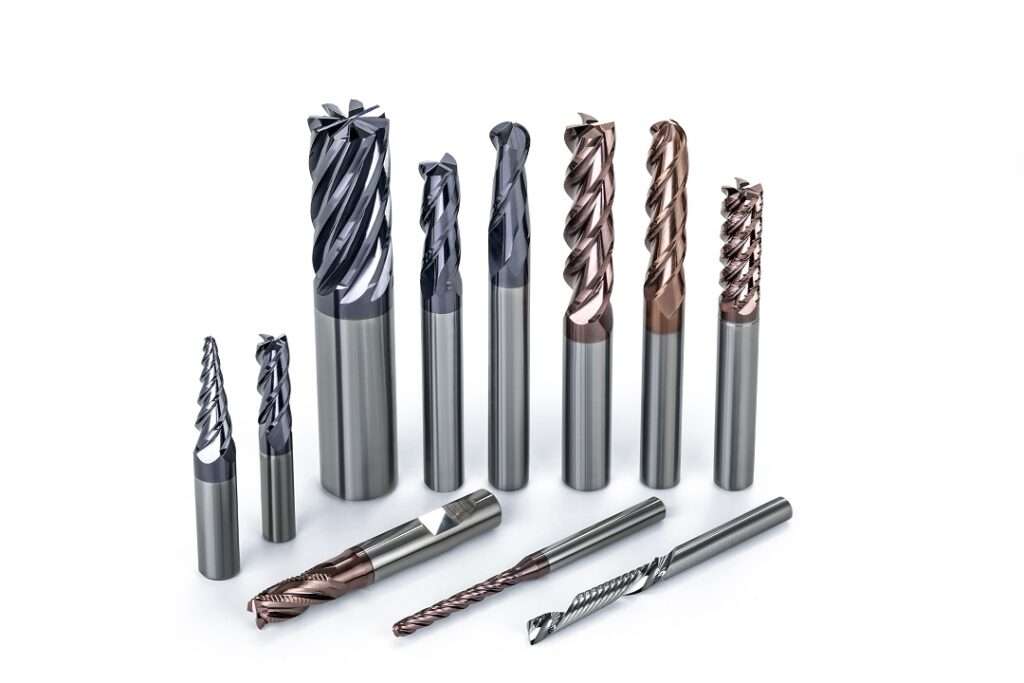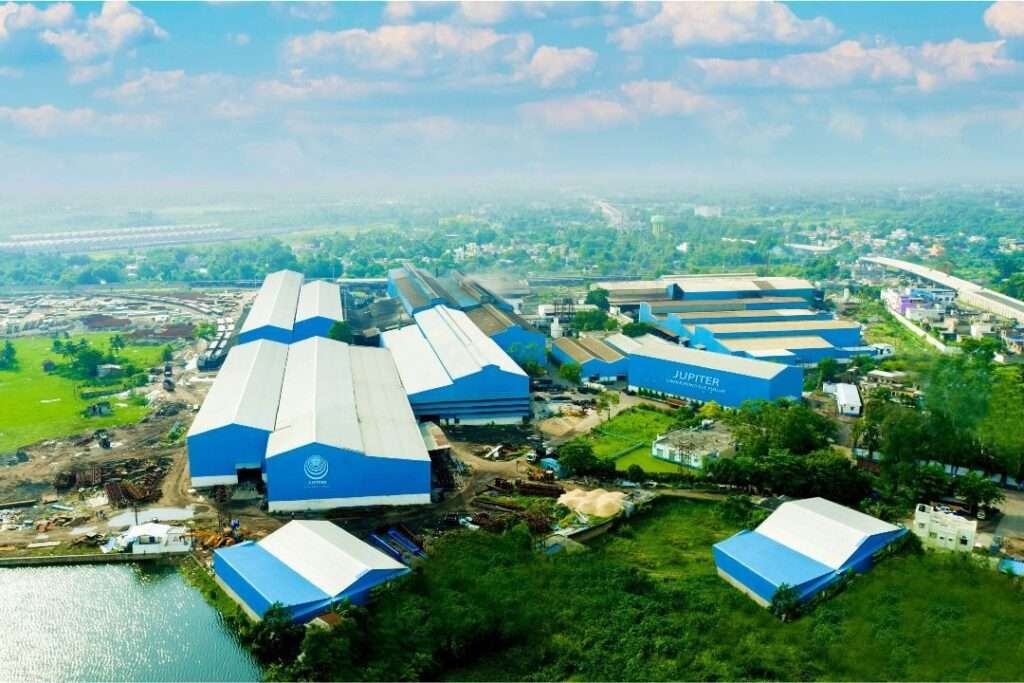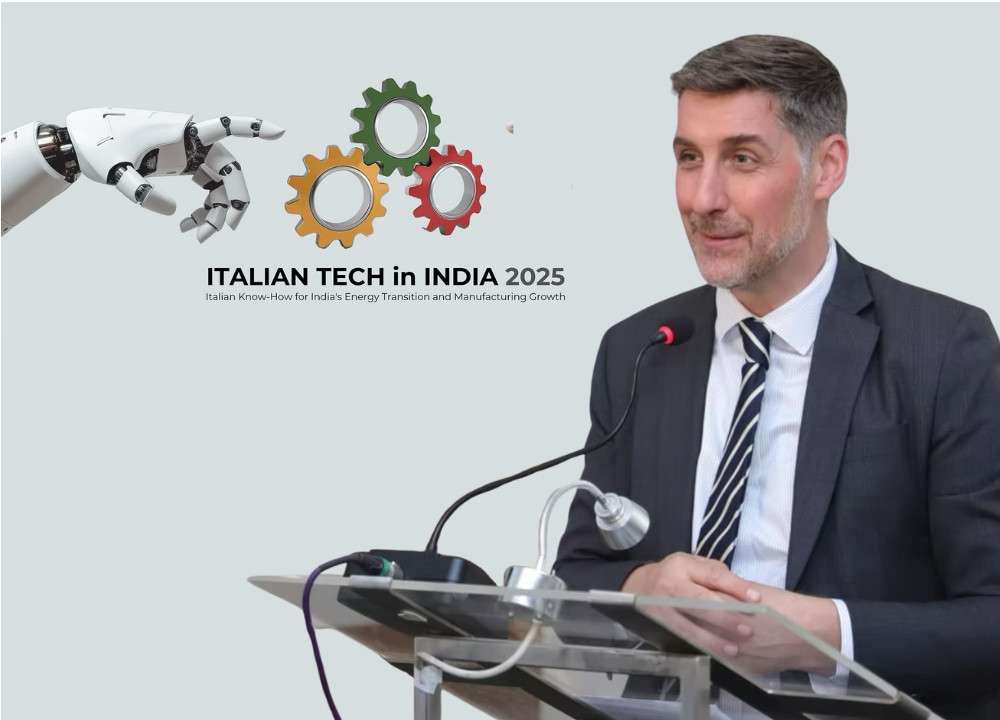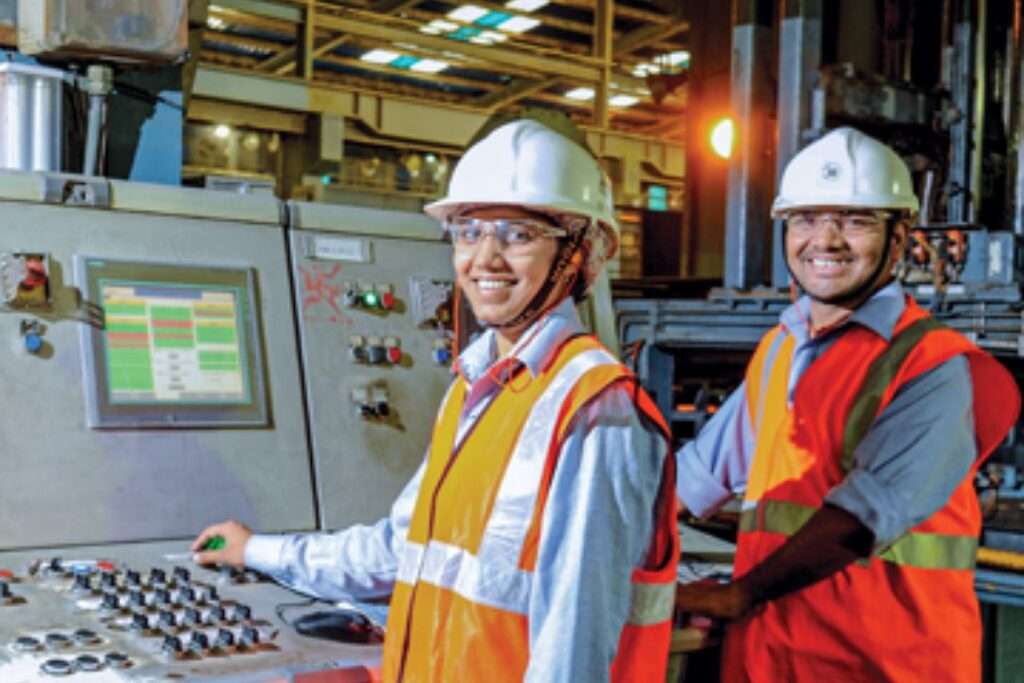In the Post COVID-19 era, organizations now want all employees, existing or new, to acquire specific transferable technical skills. Unfortunately, these technical skills are not being taught in Engineering Colleges to undergraduate students. Nor are there many programs available where these skills can be learnt.
There are three key areas of opportunity for young engineers in the highly digitized, artificial intelligence driven era of post COVID-19 world.
- Employable fresh graduate engineers
- Self-motivated, working engineers with learning agility
- Innovation entrepreneurship driven young engineers
Employable Fresh Engineering Graduates
Employability is the capability to find and successfully retain the right job.
|
Employability of Fresh Engineers |
Three Factors Contributing to Employability |
||
|
Engineering Degree Curriculum |
On-Job Application of Technical Skills |
Transferable Skills and Attributes |
|
Fresh engineers are called for job interview based on academic qualification. High marks are insufficient to get selected for the best jobs on offer.
At the interview stage, recruiters now give only limited weightage to the candidate’s knowledge of traditional On-Job Technical Skills. This is because these skills are relatively easy to teach for entry level jobs.
Fresh engineers get selected for employment based on their command of desirable Transferable Skills and Attributes.
There are three reasons for this:
- Transferable soft skills, technical skills, and attributes enable new employees to effectively adjust in the organization and become productive, valued assets when placed in any area of work
- Transferable skills and attributes are difficult to teach on the job
- Transferable skills are a life-long asset. They are essential in all jobs, anywhere, within the organization or anywhere else. Therefore, these skills are labelled as transferable. A strong grasp of these skills has a high correlation with overall life success
These skills are shown in Table 1: Transferable Technical Skills.
|
# |
Transferable Technical Skills |
Broad Themes |
|
1 |
Business Continuity Management |
ISO 22301:2019 Security and Resilience – Business Continuity Management Systems Creating Business Continuity Plan |
|
2 |
Employee Health, Safety and Ergonomics |
ISO 45001:2018 Occupation Health and Safety Management Systems Ergonomics: Human Centered Design |
|
3 |
Industry 1.0 to Industry 4.0 Developments and Advances that Changed the World |
Industry 1.0 Industry 2.0 Industry 3.0 Industry 4.0 |
|
4 |
Lean 4.0 Smart Factories |
The Smart Factory – What is Unique Cyber-Physical Systems |
|
5 |
Industrial Internet of Things (IIoTO |
Nine Digital Technologies of IIoT |
|
6 |
Smart Factory Operations |
Six Key Processes in a Smart Factory Integrating Lean 4.0 in Smart Factory Top Industry 4.0 Trends 2021 – 2030 |
|
7 |
Logistics 4.0 and Supply Chain 4.0 |
Logistics 4.0 Supply Chain 4.0 |
|
8 |
Smart Products and Services |
Internet of Things (IpT) Smart Products and Services Autonomous EV driven Mobility |
|
24 |
Sustainable Smart Cities |
Sustainable Smart Cities of the Future |
Self-Motivated, Working Engineers with Learning Agility
In the Post COVID-19 era, organizations now want all employees, existing or new, to acquire specific transferable technical skills. Unfortunately, these technical skills are not being taught in Engineering Colleges to undergraduate students. Nor are there many programs available where these skills can be learnt. In our organization, MAXILATORS, we have developed a structured 24-Week Employability Program to teach all transferable technical skills, soft skills, and attributes to engineers and managers at all levels. Learning Agility is a skill that few engineers possess. This skill can be learnt. In fact, we teach Learning Agility as one of the Attributes covered in our Employability Program.
We also teach Self-Motivation as part of our Managing Yourself Attribute.
All Attributes we teach are covered in Table 2: Attributes
Soft Skills we teach are given in Table 3: Soft Skills
|
# |
Attributes |
Broad Themes |
|
1 |
Professionalism |
Good Attitude Caring and Supportive Work Ethic and Personal Values |
|
2 |
Personal Vision and Mission |
Personal Mission Personal Vision Life Goals |
|
3 |
Managing Yourself |
Self-Motivation Accountable, without oversight Always be on Time |
|
4 |
Negotiation Skills |
Achieving Win-Win Outcomes, Persuasion Influencing and Settling Differences |
|
5 |
Learning Agility |
Passive and Active Learning Principles of Learning Learning Agility Use of Technology in Learning Agility |
|
6 |
Handling Interviews |
Preparing for an Interview Answering Questions After the Interview |
Table 2: Attributes
|
# |
Transferable Soft Skills |
Broad Themes |
|
1 |
Interpersonal Communication |
Fluent English Active Listening Non-Verbal Communication |
|
2 |
Business Communication |
Written Communication Creating Presentations Delivering Presentations |
|
3 |
Emotional Intelligence at Work |
EQ Vs IQ Plus Experience Managing Your Emotions Controlling Your Emotions Understand Others Build Lasting Relationships |
|
4 |
Servant Leadership Led Transformation |
Agile Servant Leadership Building an Agile Team Transforming into Smart Factory Managing Change |
|
5 |
Teamwork, and Collaboration |
Creating a High-Performance Team Self Directed Cross-functional Team How an Agile Team Works Collaboration Across Organizations |
|
6 |
Analytical Decision Making |
Processes of Decision Making Identify the True Problem Structured Decision Making Financial Forecasting Develop Implementation Plan |
|
7 |
Creativity, Innovation and Design Thinking |
Empathy Developing Your Creativity Design Thinking Applications |
|
8 |
Business Model Canvas |
Post Covid-19 Business Case for all Businesses Business Model Generation Value Proposition Canvas |
Table 3: Transferable Soft Skills
Innovation Entrepreneurship Driven Young Engineers
Innovation Entrepreneurship is a positive and powerful driver to push societies forward. Startups focus this drive and energy to create and validate new innovations to find solutions for problems at various scale – startupcommons(dot)org
A startup is germinated with an entrepreneur coming up with an idea to develop. He is the Founder of the Startup. He builds a team of Co-Founders; each assigned a specific role in the proposed Startup. They use Value Proposition Design Business Model Canvas to convert the original idea into a viable business proposition.
Beginning with the market niche to be served, the Co-Founders innovate ideas, products, services, all business processes which are similar to what regular businesses have but with no known past performance to look back on. This is the reason why creating a Startup is so difficult. Startups have to create a new to the world solution to become a sustainable, fast-growing businesses.
The focus of every startup is to take every decision in such a way as to capture value for the end customer the startup serves. This is the route to creating a 100% Successful, high growth startup.
As seen in Figure 1, capturing value for the end customer is done by simultaneously taking three actions in every activity. These actions are:
- A high degree of personal entrepreneurship is displayed by the Co-Founders and their key process and strategic intent planning and implementation teams.
- Use of innovation in every activity. This makes the Startup unique and different from the competition. Competing businesses are not imitated in any way.
- Focus on “Digital”. This really means using Artificial Intelligence based big data analytics for decision making and marketing. Startups leverage on cloud computing for instant big data capture and analysis and use of advanced AI based algorithms to take all decisions.
Figure 1: Capturing Value for the Customer
For any further information on this subject, young engineers are welcome to contact Saravjit using the email ID saravjit@learning10x.biz








